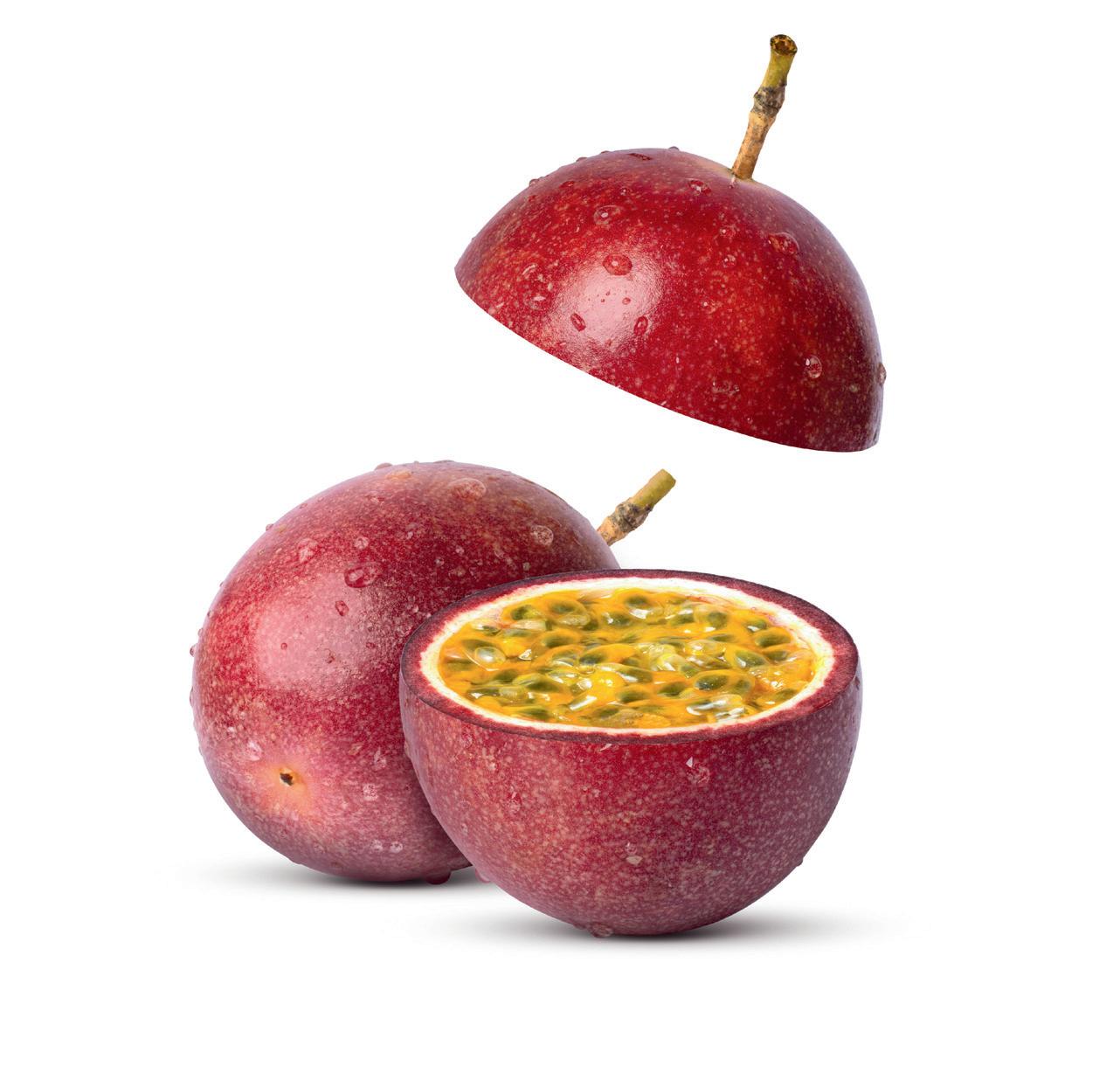
20 minute read
Passionfruit antioxidant for edible food coatings
The high antioxidant and polyphenol content in passionfruit peels shows potential as a way to preserve fresh fruits and fresh cuts of fruit in an edible food coating, according to research from the University of Johannesburg. Such a coating could be used to reduce spoilage and plastic packaging in supply chains.
The researchers extracted, micro-encapsulated, freeze-dried and powdered passionfruit (Passiflora edulis Sims) peels from an organic farm. Their analyses showed the powders have the properties needed for an edible food coating and could also be used as functional ingredients in natural food additives.
Prof Olaniyi Fawole, from the University of Johannesburg, said if you coat the product with the powder, it creates a barrier that can reduce the interference from a high oxygen atmosphere, similar to how plastic works. “Dehydration is prevented because the coating keeps the moisture on the inside.”
However, any such coating needs to have high antioxidant content to help prevent spoilage due to oxidation and should also contain antimicrobials. An edible coating should not interfere with the colour, appearance or taste of the product.
Fresh cuts of fresh fruits, which spoil even faster than whole fruit, are exposed to far more microbes and dehydration, so they could benefit even more from such a coating.
Developing the powder
The microencapsulation process used by the researchers preserved high antioxidant and polyphenol content from the passionfruit peels. This is significant, because antioxidants and other bioactive compounds are easily destroyed by industrial processes, pH, high storage temperature, oxygen, light, solvents and metal ions.
The researchers used one of three carriers for the microencapsulation: gum arabic (GA), maltodextrin (MT), or waxy starch (WS). When they measured the encapsulation efficiency (EE) of the three carriers, they found EEs from 82.64 to 87.18%. This indicates that antioxidants and polyphenols should be well preserved within the microcapsules of the coated powder particles.
Then they analysed each encapsulated powder in turn for antioxidants and polyphenol content.
Phytochemicals such as polyphenols are numerous in plants, and no single analysis can describe the antioxidant content of the powders. Instead, the researchers used two analyses to indicate to what extent the encapsulation process affected the antioxidant activity of the bioactive compounds contained in the microparticles.
The first, DPPH radical scavenging activity showed that all three carriers possessed 45.85 to 51.29 mM Trolox Equivalent (TE)/ g DM (WS).
The second, ferric reducing antioxidant power (FRAP), showed that the carriers possessed 32.30–37.47-mM TE/ g DM.
Trolox is a synthetic water-soluble antioxidant, and it has been used as a standard antioxidant for these antioxidant assays.
“The results mean that the encapsulated powders could be viable alternatives to synthetic antioxidants and can provide valuable properties such as antibrowning and anti-senescence behaviour. They also offer the additional benefit of being edible,” Fawole said.
To identify which polyphenols are present in the microencapsulated powders, the researchers ran metabolomic analyses, using liquid chromatography mass spectrometry (LC-MS).
Commercially important polyphenols preserved in the microencapsulated powders at useful levels are vanillic acid glucoside, quercetin, citric acid, gluconic acid and caffeic acid.
“An edible coating or natural food preservative may be potent, but if its raw material is not stable, it is useless. For example, if it is hygroscopic, meaning it absorbs moisture, it is not suitable for industrial scale applications,” Fawole said.
“These microencapsulated powders are non-hygroscopic, for all three carriers. If these are well-packaged, and stored cool and dry, they should last up to six months. Also, you can open up a container, use what you need, close the container, and the rest will be stable. It won’t be necessary to use the contents of an entire container in one go.”
Overall, the detailed laboratory results indicate that microencapsulated powders from passionfruit peels are suitable as an active ingredient in edible food coatings, and natural food additives, particularly for ‘naked’ fresh and cut fruits.
The findings of the research study are published in the journal Antioxidants.
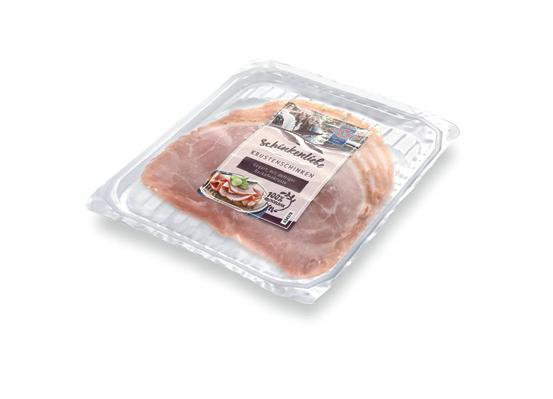
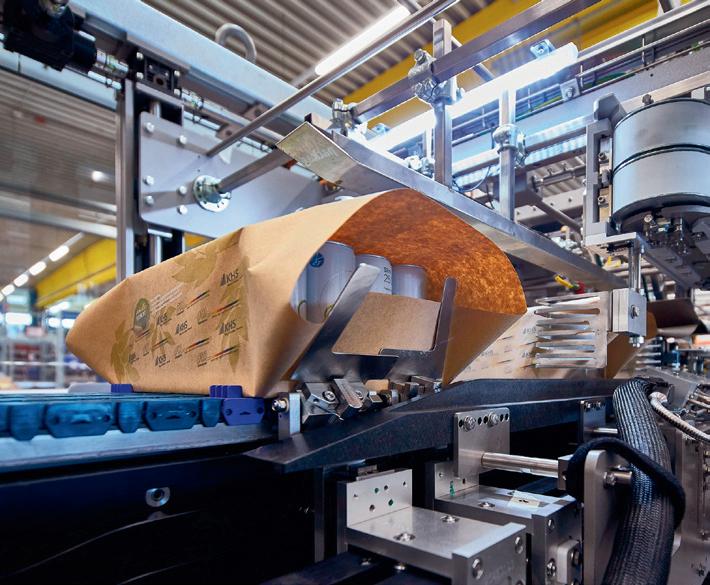
Paper packaging turnkey solution
The KHS paper packaging retrofit option for existing KHS Innopack machines can be used to cover cans and other items in paper packaging.
The use of paper packaging is environmentallyfriendly and manufacturers with existing machinery in place can retrofit their equipment to swap to this mode of packaging without a complete factory redesign, to easily boost sustainability. Consumers are increasingly becoming interested in sustainable methods of packaging and may be keen to access products using paper.
This retrofit option can be used to permanently switch the mode of packaging from shrink-wrapped plastic to paper, where the tunnel shrink wrapping machinery is replaced to only use the gluing and folding of paper. However it can also be used as a mixed mode for those manufacturers interested in using both paper and plastic at once or in keeping their packaging options open.
The retrofit conversion can be utilised by old or new machines. It can be used to package all sizes of beverage and food cans, beverage cartons, cylindrical and quadratic packaging options and other pre-packaged products. It is also faster, cheaper and more sustainable than buying an entirely new set of machinery for packaging.
KHS Pacific Pty Ltd
www.khs.com

GEA’s PowerHeat heating systems for thermoforming packaging machines have been specifically designed to deal with recyclable packing, which place special demands on the heating systems required for the thermoforming process. The systems are designed to help make using mono-materials easier and safer without sacrificing performance. In terms of sustainability, the system also offers energy-saving heating, without compromising on the standard of packaging quality and product safety.
The PowerHeat Z zone heating system regulates the temperature in different zones of the heating plates independently of each other, ensuring that each individual package is evenly formed up to the edges. The benefits of energy-efficient heating can be seen when using mono-packaging materials such as mono PP or mono PE.
The PowerHeat M matrix heating system can be used to set customised package-specific temperature profiles. The product is effective when using multilayer films as well as mono-materials. This is because the film thickness of the packaging materials can be reduced without negatively impacting packaging functionalities such as residual film thickness and barrier properties. In addition, energy costs are reduced as long heating times are lowered and operating temperatures are reached. Fast control processes and precise adjustment of temperature fields avoid the temperature overshoots of traditional heating systems, which can be detrimental to some packaging materials. The heating system is also designed to increase packaging output and capacity.
GEA Group
www.geagroup.com.au
Lightweighting technology for PET
Amcor Rigid Packaging (ARP) has developed a two-step lightweighting technology that is claimed to eliminate more than 50% of the material and weight in the finish of the bottle. ARP’s Quantum technology for polyethylene terephthalate (PET) bottles is designed to deliver sustainability benefits, lower cost and improve packaging appearance.
By removing more than 50% of the material and weight from the finish, the Quantum technology is designed to reduce manufacturing costs and GHG emissions. The company said this can result in energy savings and lower carbon emissions compared to bottles with a traditional finish. The technology also allows for up to 100% recycled material use and provides a fully recyclable package.
Initially developed for the spirits industry, the Quantum finish technology can be used for packaging in multiple segments including health care, home and personal care, food and dairy.
Amcor Global
www.amcor.com.au
Lidding film range
Global flexible packaging supplier KM Packaging is launching a range of sustainable lidding film solutions for the Australian market.
The range is designed to help users meet their commitments to the National Packaging Targets, the implementation of which is being led by the Australian Packaging Covenant Organisation (APCO).
The products fall within four sections, spanning KM’s existing comprehensive K-Peel, K-Seal, K-Foil and K-Reseal lidding ranges, and include:
REDcycle — Cold peelable combinations of PE and PPs, which are sealable to PET, PP and pulp/fibre trays. They are PREP tool approved for return-to-store recycling.
PCR — Cold peel and weld mono PET films containing a minimum of 30% post-consumer recyclate, suitable for sealing to PET, PP and smoothwall aluminium trays.
Compostable — Peel and weld seal to PET and pulp/fibre trays. Certified home compostable to Australian AS-5810 standards.
Tethered — PET lidding film solutions suitable for tethering to rPET and aPET trays for kerbside recycling.
All of the structures — which are suitable for the fresh produce, protein and ready meal sectors — can be used in top-seal lidding applications to form pre-made pouches and for flow wrap through FFS machines. The films can also be printed or perforated, depending on the need.
The launch is being led by John Shipley, KM’s Business Unit Director for Australia and Europe, who is introducing the new range to the market in person through to 19 November.
As well as being a REDcycle partner, KM Packaging is a member of APCO, which is committed to achieving the 2025 National Packaging Targets that include 100% reusable, recyclable or compostable packaging.
The range of sustainable lidding film solutions is also being made available in other regions, including Europe where CEFLEX have primarily focused and encouraged the use of PE- and PP-based solutions in achieving circularity for flexibles.
KM Packaging Services Ltd
www.kmpackaging.com
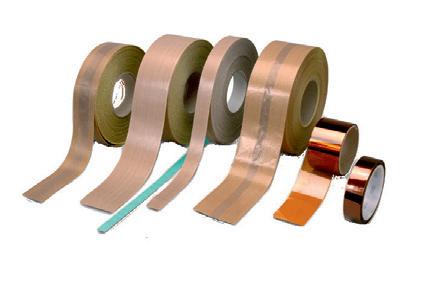
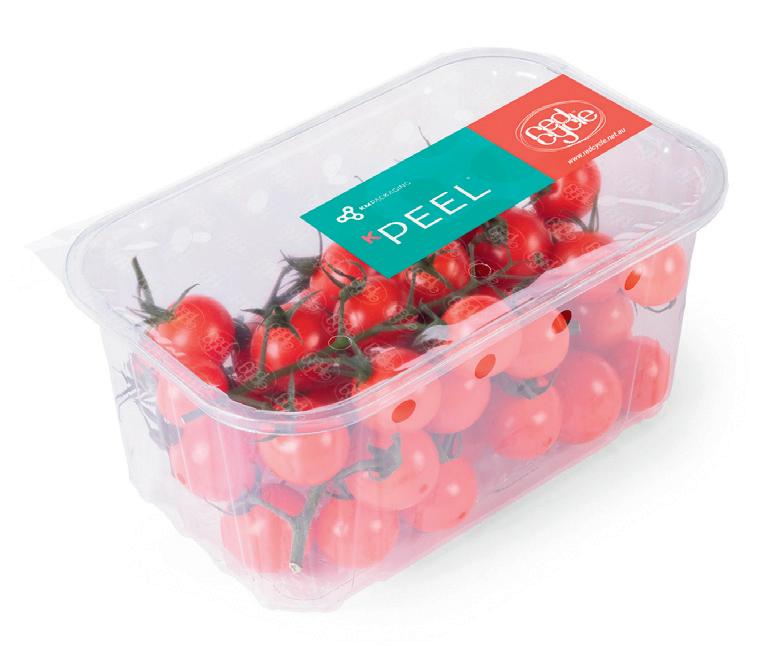
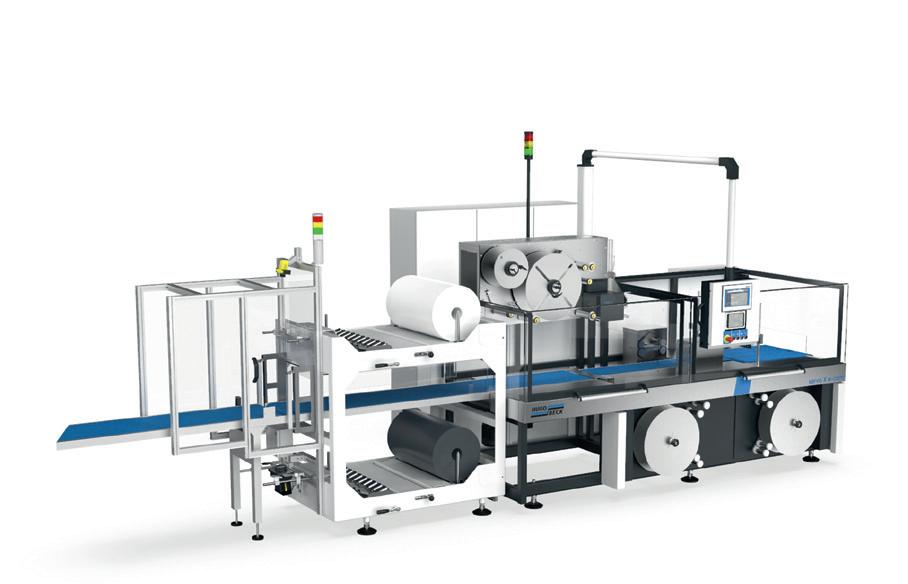
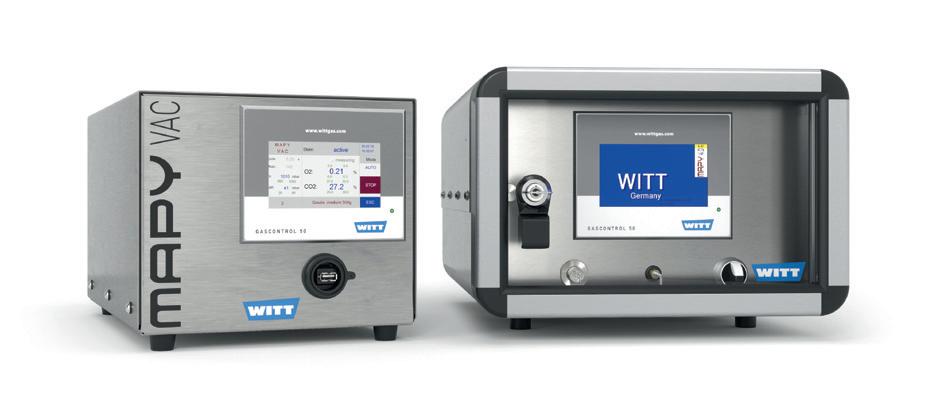
Inline gas analysers for MAP packaging machines
The WITT MAPY inline gas analysers are designed to simplify quality assurance during modified atmosphere packaging. The analysers can continuously monitor the gas composition during packaging, directly in the packaging machine. This can help to reduce costs by simultaneously optimising the amount of gas used.
The analysers allow the quality checking of the entire output of a packaging machine in real time during the packaging process. Another advantage is that any malfunctions are detected directly and can be corrected.
There are two analysers in the range: the MAPY LE for flow packing machines with continuous gas flushing, and the MAPY VAC for tray sealing and thermoforming packaging machines with intermittent gas flushing.
In the case of flow packing machines, a sample is continuously drawn from the closing form fill and seal bag by means of a lance during the introduction of the protective atmosphere, and compliance with the desired gas mixture is monitored by the MAPY LE.
The MAPY VAC analyses the inflowing protective gas directly in the sealing tool during the cycle of the packaging machine. If the adjustable limit values for O2 or CO2 are breached, MAPY VAC and LE sound an alarm or stop the packaging machine directly. The whole process takes place automatically and at maximum speed. This results in a complete and non-destructive inline quality control.
Both analysers are compact devices in hygienic stainless steel casings. The digital control system drives everything, including the communication with the gas mixing unit. The analysers can be integrated into the network via an Ethernet interface. All processes and results are stored internally and can be exported.
Niche Gas Products
www.nichegas.com.au
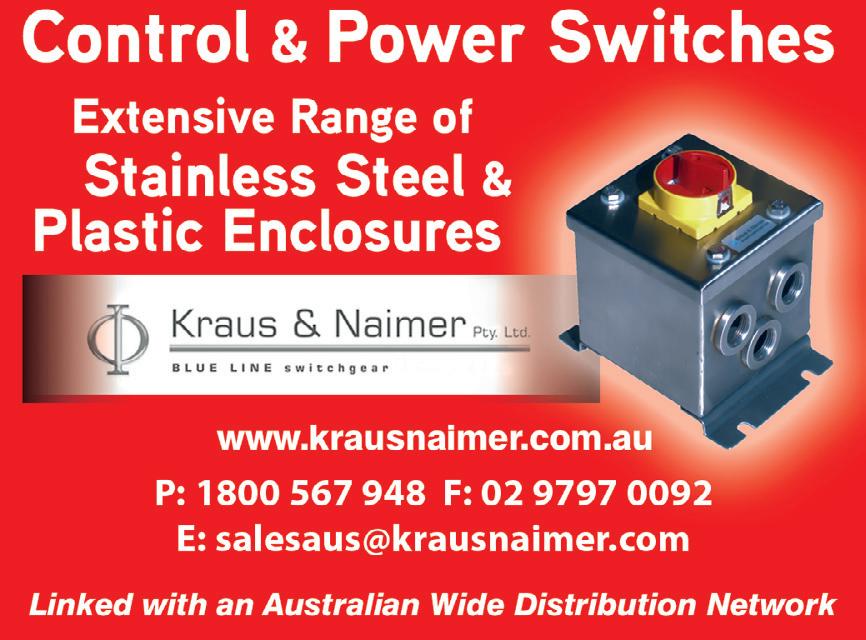
E-commerce packaging machinery
Hugo Beck’s servo X e-com range is suitable for a range of applications such as the direct dispatch of individual goods, packing multi-pack products or meeting the requirements of returned goods packaging.
With a demand in sustainable film packaging, it is designed to ensure products are packed with the lowest amount of material needed, automatically adjusting film bags with four sealed sides to the product’s length and width. It is capable of processing a diverse range of recyclable material types, from PE flat films from 30 to 100 µm thickness, to recycled content films which can contain up to 80% post-consumer recycled (PCR) material.
To ensure efficiency, a scanner with a controller for product detection and creation of a shipping label is built in, which is continuously dispensed directly onto the film without an external applicator, maintaining high speeds. This labeller is movable, and various machine parts are easily accessible.
The packaging machine includes the option to add an easyopening perforation to the bags as well as inserting a doublesided adhesive tape for resealing a bag for returns and adding a carry handle.
It is industry 4.0 ready and syncs with ERP or control systems enabling integration within a production line. As an option, it can be supplied with the Hugo Beck Cockpit software which monitors and analyses the machine’s performance and operating data.
Hugo Beck
www.hugobeck.com/en/
Recyclable packaging polymer
UK headquartered Aquapak has developed a polymer called Hydropol, which is designed to have all the key functional properties required for packaging while increasing recycling and reducing plastic pollution polymer.
Based on polyvinylalcohol (PVOH), the product is biodegradable and compostable, non-toxic to the environment and marine-safe.
The product is designed to be capable of replacing ethylene vinyl alcohol (EVOH) in many applications. When extrusion coated or laminated onto paper, it adds strength and barriers to oxygen, oil and grease, and its solubility allows 100% paper fibre recovery through paper recycling mills.
Suitable for a range of products, including packaging for dried pet food, snacks, cooked meat and convenience food, the product is being showcased at the K Show event in Germany during October 2022.
Chocolate bars to be wrapped in paper
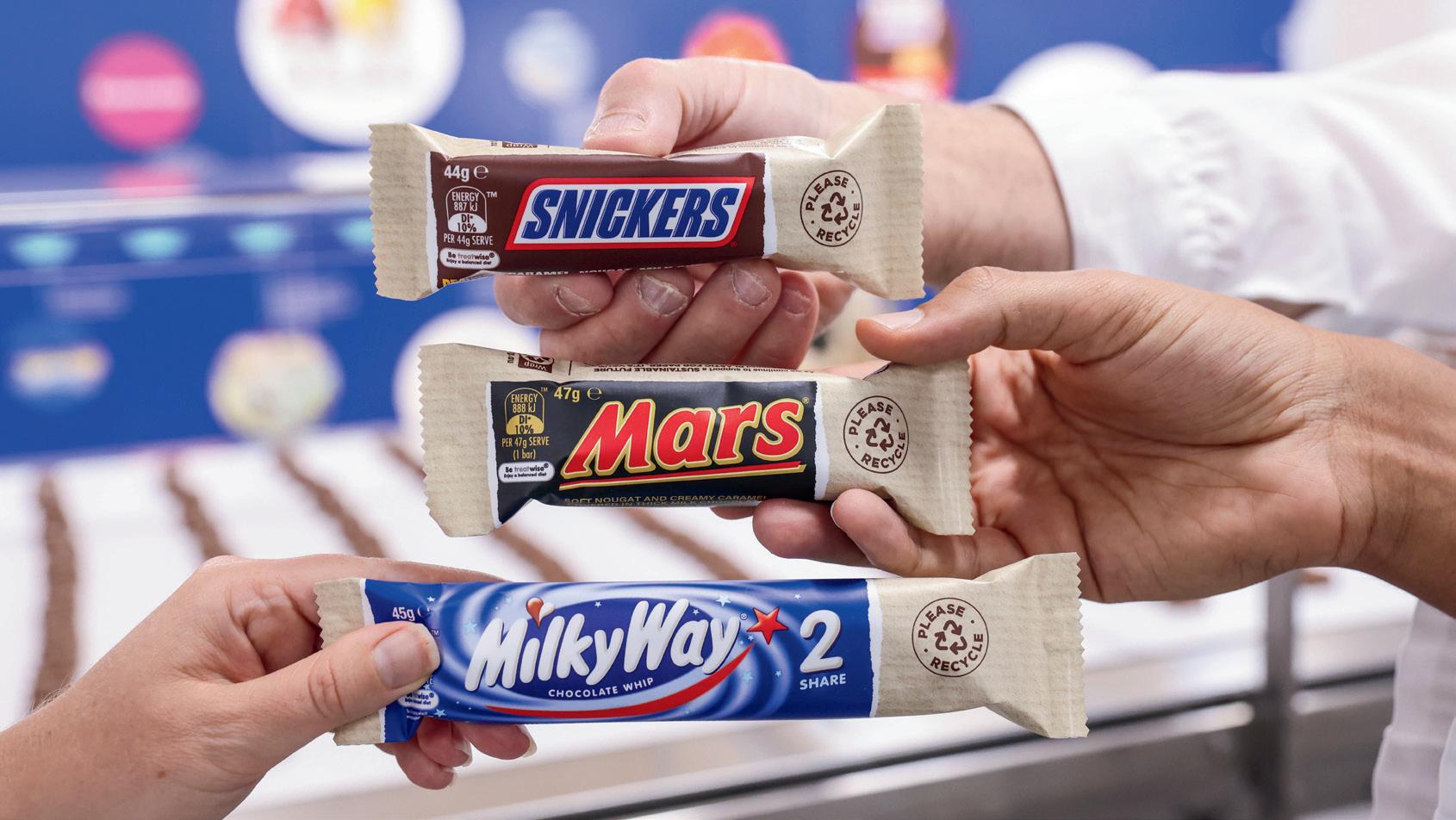
Mars Wrigley Australia has announced that all Australianmade chocolate bars will be wrapped in paper-based packaging that can be recycled via traditional kerbside recycling. The shift to paper-based packaging will be seen on the company’s Mars Bars, Snickers and Milky Way as of April 2023.
“As one of the largest snacks and treats manufacturers in Australia, Mars has a responsibility to reduce our environmental footprint right across our business, including packaging. The launch of our new paper-based packaging is a significant step for us towards our local and global packaging targets,” said Andrew Leakey, Mars Wrigley Australia, General Manager.
Mars Wrigley is set to eliminate more than 360 t of plastic from its value chain once fully transitioned to paper-based packaging. This will contribute to its aim of creating a circular economy and achieving Australia's 2025 National Packaging Targets.
A result of extensive R&D trials and locally driven innovation from Mars Wrigley’s manufacturing site in Ballarat, the sustainably sourced packaging is widely recyclable through comingled recycling bins and paper/cardboard recycling bins across Australia, enabling consumers to easily recycle the packaging via their kerbside recycling bin.
“Mars’ ongoing investment in local R&D has allowed us to be agile and create solutions that have a positive impact on our environment, meet our stringent quality and food safety standards but are also convenient for our consumers to recycle via kerbside recycling. This was crucially important for us as we wanted to ensure consumers had easy access to recycle our new paper-based packaging,” Leakey said.
The Ballarat-based R&D team leading this project is pioneering paper-based sustainable packaging solutions for the Mars Wrigley business globally. The technology, learnings and insights developed and deployed locally in Australia will be shared and implemented in other Mars Wrigley markets across the globe.
Chris Foley, CEO of APCO, said Mars Wrigley’s new packaging was a prime example of innovation within the food industry to meet packaging targets.
“Mars Wrigley’s switch to paper-based packaging sets an excellent example to all businesses in Australia of the critical role innovative packaging formats that are more readily recyclable play in meeting the 2025 National Packaging Targets.
“The incorporation of our Australasian Recycling Label (ARL) on Mars Wrigley’s paper-based packaging will also help to provide clear instructions to consumers on how to recycle with both ease and confidence,” Foley said.
The CEO of FSC Australia and New Zealand, Melanie Robertson, said, “Mars Wrigley’s transition to FSC-certified paper packaging sends an essential message about the importance of choosing forest-friendly alternatives to singleuse plastics. FSC ANZ is proud to partner with Mars Wrigley and congratulates them on this demonstration of support for the responsible management of the world’s forests.”
As part of the company’s commitment to its $1bn Sustainable in a Generation plan, Mars Wrigley is committed globally to supporting and creating a circular economy where packaging never becomes waste.
Mars Wrigley’s paper-based packaging will be available on 47 and 64 g Mars Bars, 44 and 64 g Snickers and Milky Way 45 g at all leading supermarkets and convenience stores nationally from April 2023.
Nestlé launches plant-based egg alternative
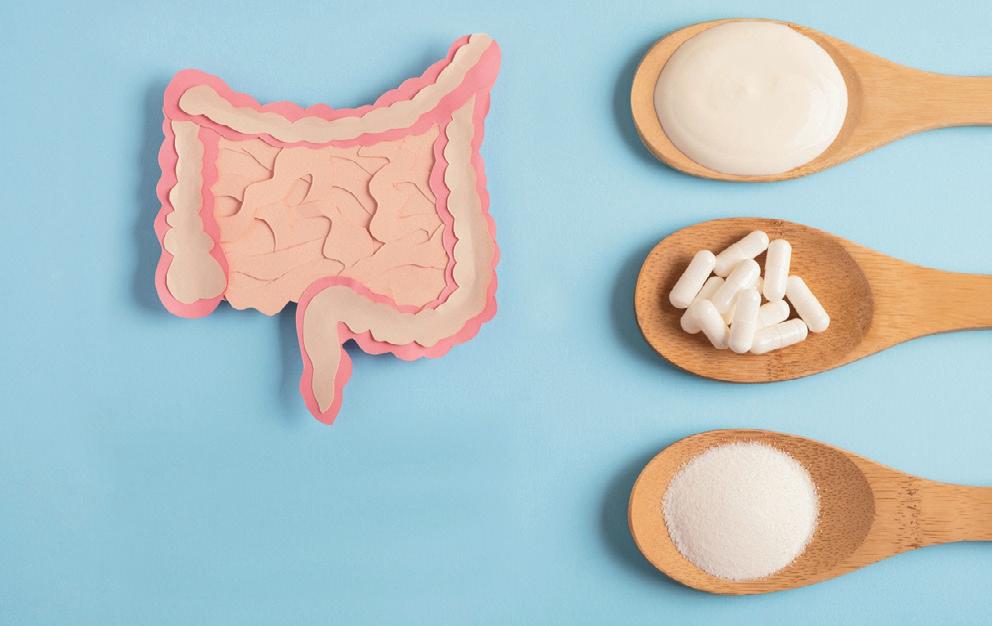
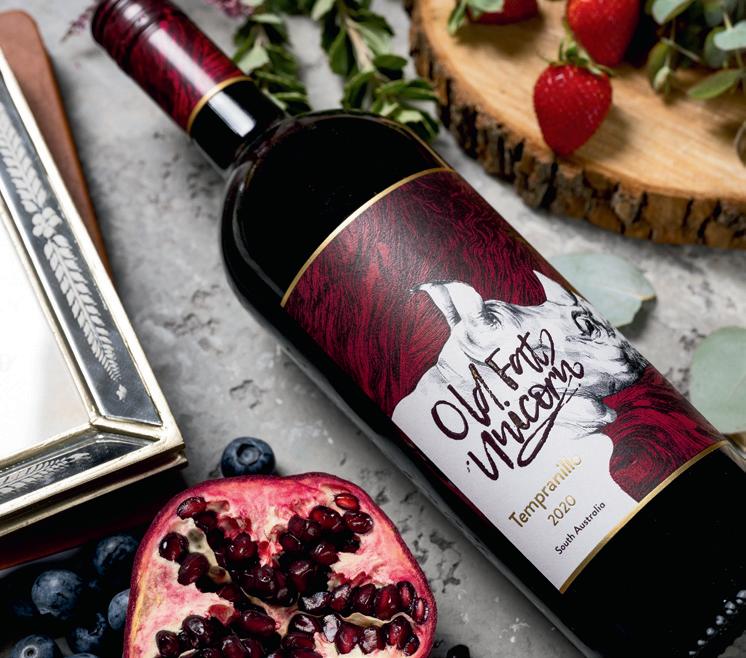
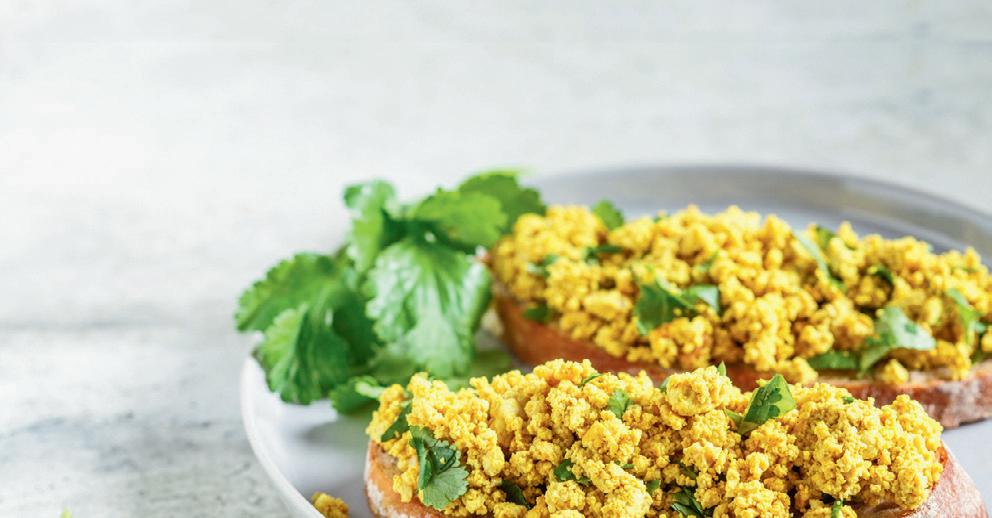
Endeavour Group’s wine-bottling and packaging arm Vinpac International and sustainable packaging solutions provider Orora have collaborated to develop a wine bottle in South Australia that can help producers reduce packaging and emissions.
The lightweight Reverse Taper bottle weighs 420 g — which is 195 g less than a standard Reverse Taper bottle, equating to an 18% reduction in emissions. In addition, bottles from the Orora Gawler facility where this bottle is produced had a recycled glass content of approximately 38% over the 2022 financial year.
The bottle is designed to be wider at the shoulders than at the base to provide a premium option for the wine industry.
“Historically, heavier glass and deeper punt have been used for premium wines so when developing this new option, it was important to keep the same look and feel for that premium touch,” explained Orora Glass National Account Manager Chris Blanchard.
Endeavour Group’s products and services arm Pinnacle Drinks will be making the switch to the new bottle with several wine ranges, including La Poco Tempranillo and Grenache, Old Fat Unicorn Tempranillo and Cat Amongst the Pigeons Tawny.
“We are excited to be among the first to market to use this new sustainable bottle. Moving to this new Reverse Taper lightweight bottle will help us decrease our carbon footprint even further and will provide significant environmental benefits and cost savings,” said Pinnacle Drinks Director Paul Walton.
The bottles are manufactured at Orora’s facility in Gawler, South Australia, and are available to wine producers from Vinpac International.
“We are excited to be able to offer significant environmental benefits and cost savings for our customers with this new, innovative lightweight bottle,” said Vinpac International Commercial Manager James Vallance.
Last year, Vinpac and Orora also partnered together on a lightweight 750mL sparkling bottle. Nestlé has developed a powdered, shelf-stable, plant-based protein blend to complement egg dishes. The product is versatile and may be used alongside and as a substitute for some eggs in dishes such as scrambled eggs, omelettes or baking.
According to Torsten Pohl, Head of Nestlé’s Product and Technology Centre for Food, the soy-based alternative contains an equal amount of protein to eggs and a reduction in saturated fats and cholesterol at a lower cost when compared to using more eggs instead. It is also fortified with iron to address one of the main micronutrient deficiencies.
Under the Malher brand, the product is being tested in Central America in a limited number of stores before being further rolled out across more markets in Latin America. Lourdes Muñoz, Regional Manager for Central America at Nestlé, said eggs dishes are a major source of protein for many in Central America, and the new product can provide a sustainable alternative.
Kerry announces licensing agreement for rice-derived postbiotic
Kerry has announced a commercial agreement with Japan-based Kameda Seika to market and distribute the company’s rice-derived postbiotic across a range of applications in Europe and the Americas.
Kameda Seika is a global rice cracker company that has researched rice-based lactobacillus for over 25 years. Its postbiotic Lactobacillus K-1 (Lactobacillus casei subsp, 327) is claimed to improve both digestive and skin health and can be used in food, beverages and supplements.
Postbiotics are the metabolic by-products of fermentation. They offer similar functionality to probiotics and are backed by growing clinical evidence. Manufacturers may use them as a heat- and acid-stable healthenhancing ingredient.
Kerry will leverage Kameda’s technology portfolio, application expertise and commercial footprint to drive the commercialisation of the technology to reach users outside of Japan.
Lactobacillus K-1 was tested in a randomised, double-blind, placebocontrolled study which found that it may improve digestive health. Results were further supported by additional scientific data which found that it may improve gut and skin health.
An HRS MI Series heat exchanger is used to cool the processed material after direct steam injection.
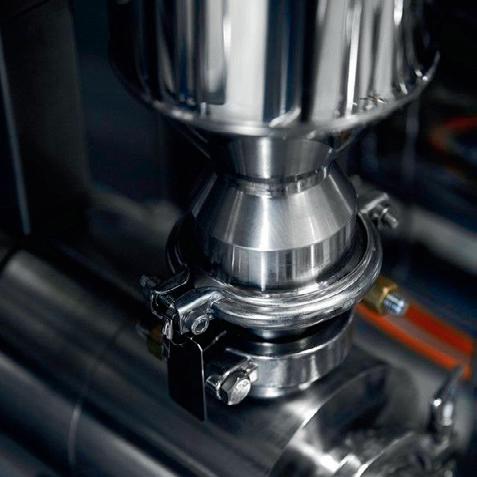
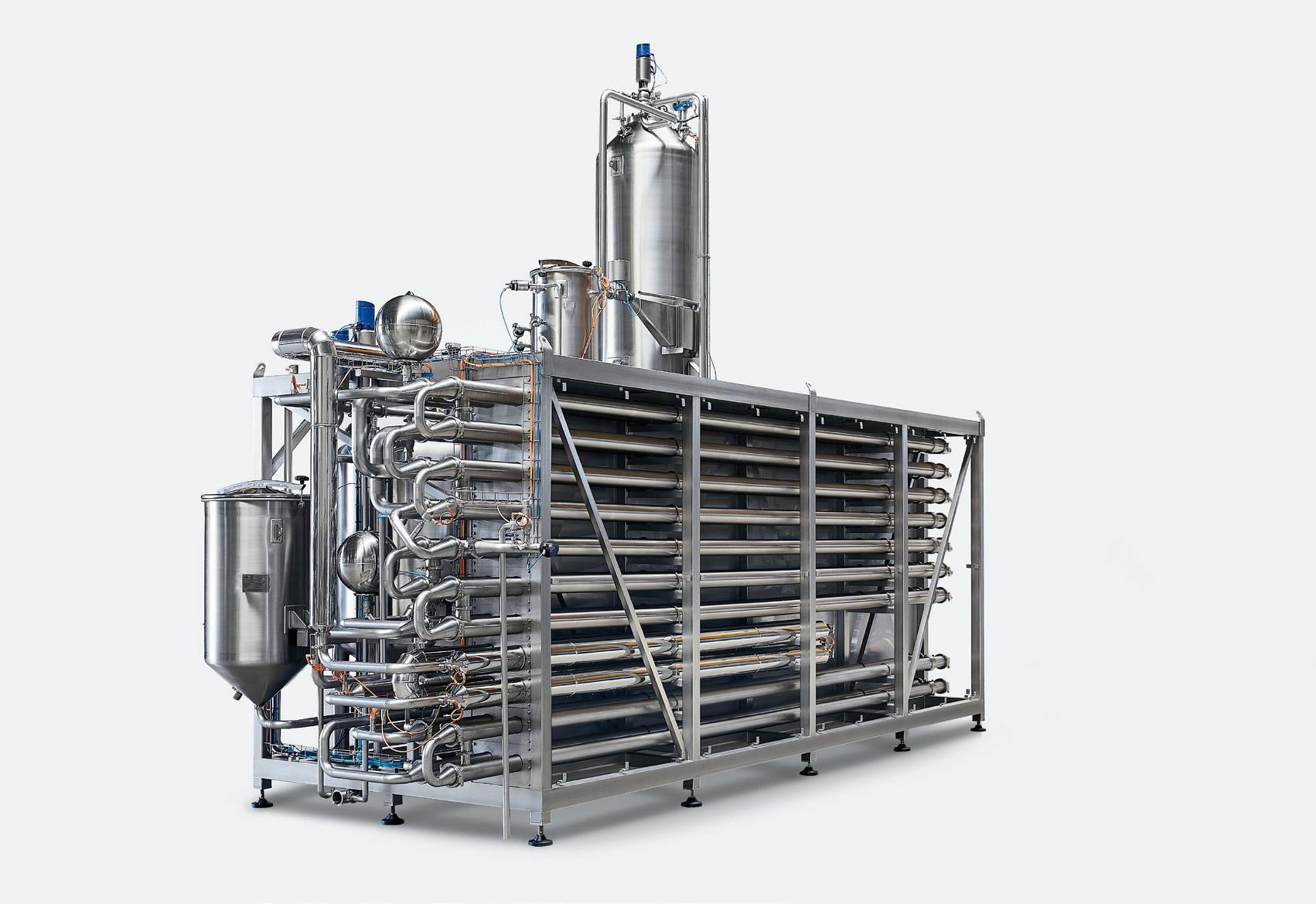
Direct steam injection provides a number of advantages over traditional UHT systems.
Direct steam technology expands production capacity
A leading Israeli dairy producer has expanded its production capacity for plant-based drinks with the installation of an HRS DSI Series pasteuriser as part of a new production facility to process raw ingredients. Before this, the company had to import part-processed products from an associated facility in Europe.
The client is one of the largest dairy and food companies in Israel and, having previously brought in plant-based drinks in bulk from an associated European company for bottling, in 2021 they invested in a new production line to allow them to process raw materials (such as oats, soybeans, coconut and hazelnut) inhouse as part of an expansion of their dairy alternatives business. Consequently, the new production facility includes many elements including grinding, extraction, and bulk supply for bottling elsewhere. The HRS DSI (Direct Steam Injection) forms part of a complete UHT (ultra-heat treatment) system supplied by HRS for integration into the new production facility.
One of the challenges was the space available for the UHT portion of the production facility. HRS was able to design a complete, cost-competitive heat treatment solution based around the HRS DSI and other heating and cooling technologies, which was skid-mounted to facilitate installation and commissioning in the available space.
Direct steam injection provides a number of advantages over traditional UHT systems based on heat exchangers, particularly when it comes to the viscous nature of plant-based ‘milk’ drinks. The biggest advantage is in terms of speed, with direct injection taking a fraction of the time to heat (and then cool) the product compared to other methods of pasteurisation such as indirect heating using heat exchangers. This matters as the faster the product is heated and cooled, the less impact the heat has on the product — in the case of plant-based drinks, this can include discolouration, caramelisation, and the introduction of off-tastes.
“With direct steam injection you get a sudden and immediate increase in temperature,” explains Francisco Hernández Ortiz, food business development director at HRS Heat Exchangers. “We have a standard pre-heating phase using an HRS MI Series heat exchanger which takes the product to 80°C, and we then inject the steam which immediately increases the product temperature to 140°C. A flash cooler is then used to return the product to 80°C within a few seconds, so the heat has time to pasteurise the product, but other heat effects, such as caramelisation, do not have time to occur.” After this, chilled water and a glycol solution are used to cool the product to the final temperature of 4°C.
A second major advantage of using steam injection rather than traditional heat exchanger technology is that it avoids issues with fouling of the heat exchanger, which can be a problem with the viscous nature of some plant-based drink products. “As there is no heat exchanger, there is no surface and so there is no fouling,” says Francisco.
The HRS equipment was delivered in early September 2021, although delays with other parts of the line meant that it was not installed immediately. HRS pre-commissioned the unit onsite from late November, but before final commissioning using actual product could take place, a COVID outbreak closed the Israeli border to all travellers.
“The way the HRS DSI Series and associated equipment is designed meant that we could undertake the necessary commissioning work remotely, so that the unit was operational by January 2022,” explains Francisco. “I then visited in person in March to carry out a few final pieces of commissioning and since then the unit has been running without any issues.”
HRS Heat Exchangers Pty Ltd www.hrs-heatexchangers.com/anz










